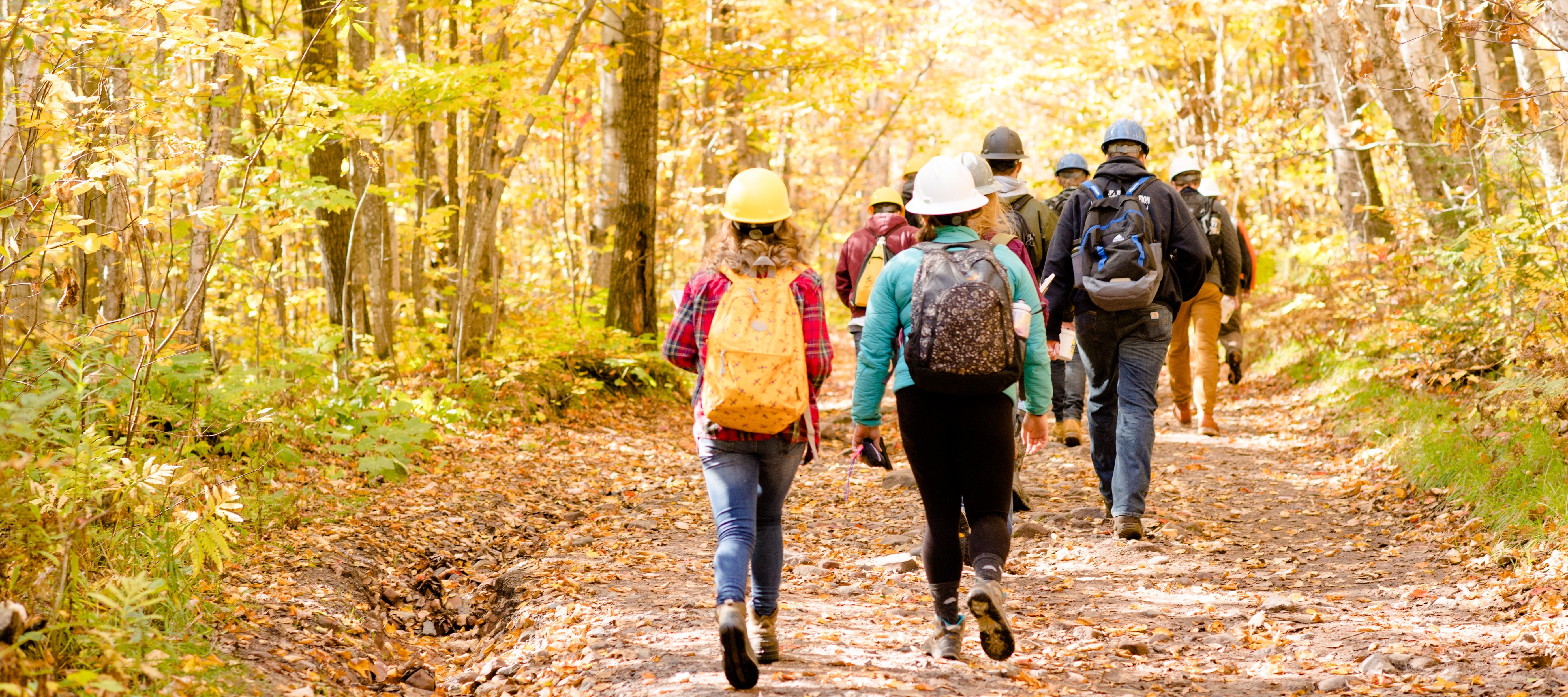Temperature responses of carbon dioxide fluxes from coarse dead wood in a black ash wetland
Document Type
Article
Publication Date
12-11-2018
Abstract
The invasive emerald ash borer (EAB, Agrilus planipennis Fairmaire) causes widespread ash tree mortality in North America, and the CO2 efflux (respiration, F) from coarse dead wood (CDW) following the EAB infestation is unknown. We examined seasonal variations in CO2fluxes from various types of CDW (cut ash stumps, downed logs, and standing girdled dead stems) and the surfaces of soil and live stem in a black ash wetland in which EAB infestation was simulated. Responses of FCDW to seasonal changes in temperature were less sensitive than that of live stems. However, FCDW from the stump and log cross-section were significantly greater than the other component fluxes. The mean CO2 flux from girdled stems was similar to those from soil and live stems. The log and stump cross-sections may function as an unaccounted pathway of CO2 flux following pre-emptive or salvage harvests associated with EAB mitigation. The increases in the amount of CDW and temperature caused by canopy openness and subsequent increased insolation, and potential long-term increase in water level and CDW moisture might accelerate the respirational carbon loss from soil and CDW after black ash wetlands are infested by EAB. These results identify and quantify CO2 pathways in EAB affected wetlands, which can be used to improve respiration modeling and carbon accounting in black ash wetlands.
Publication Title
Wetlands Ecology and Management
Recommended Citation
Noh, N.,
Shannin, J.,
Bolton, N.,
Davis, J.,
Van Grinsven, M. J.,
Pypker, T. P.,
Kolka, R. K.,
&
Wagenbrenner, J. W.
(2018).
Temperature responses of carbon dioxide fluxes from coarse dead wood in a black ash wetland.
Wetlands Ecology and Management.
http://doi.org/10.1007/s11273-018-9649-0
Retrieved from: https://digitalcommons.mtu.edu/forestry-fp/62


Publisher's Statement
© Springer Nature B.V. 2018 Publisher's version of record: https://doi.org/10.1007/s11273-018-9649-0